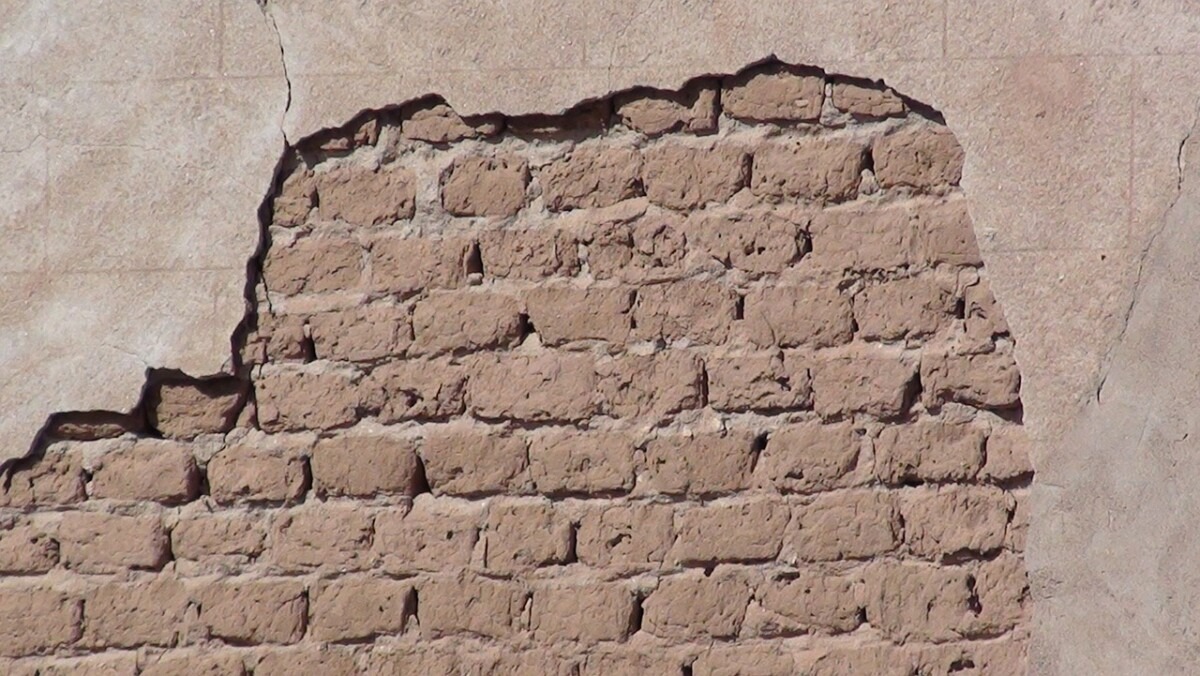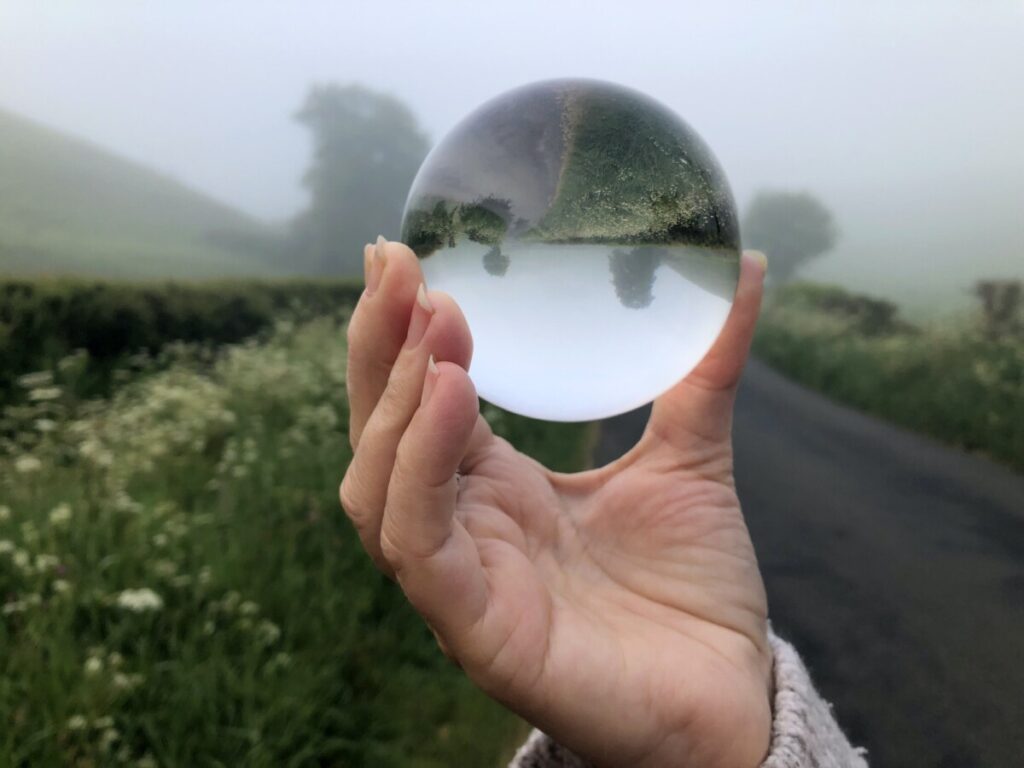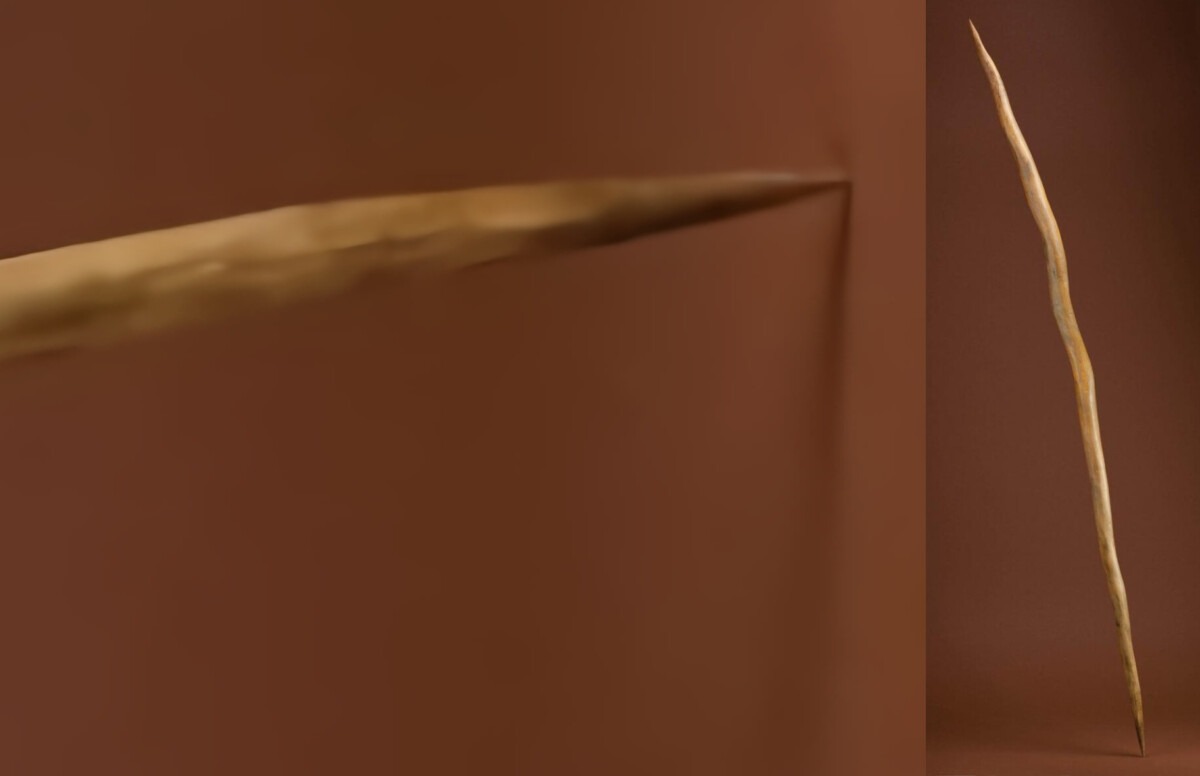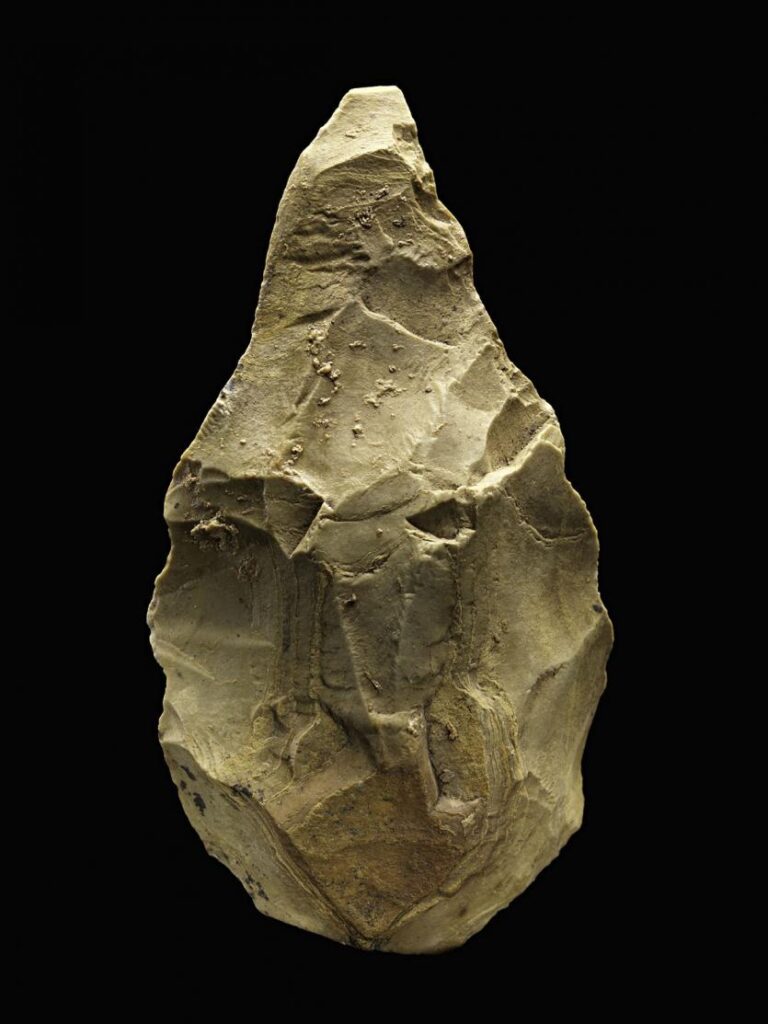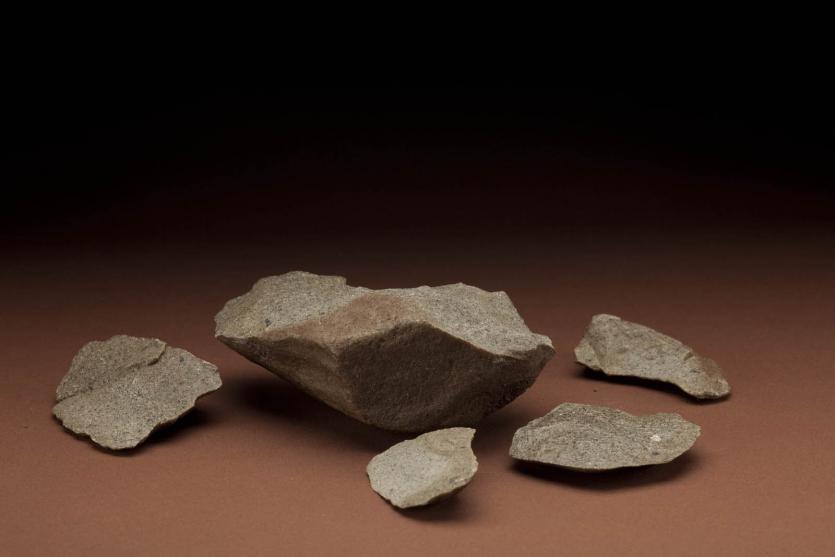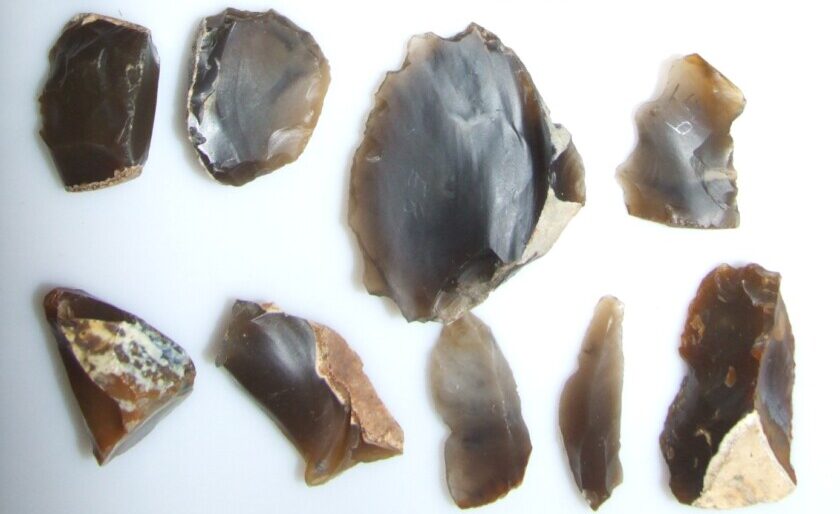Plaster Invented
The earliest known use of plaster dates back to around 9000 BCE, with evidence from the ancient site of Çatalhöyük in modern-day Turkey. Here, Neolithic inhabitants utilized plaster made from lime to coat the floors, walls, and even ceilings of their mud-brick houses. This early application of plaster represents a significant technological innovation, indicating a […]

